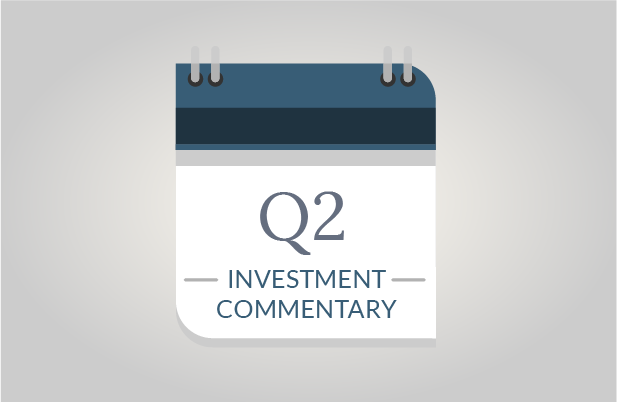President Trump has hit the ground running since his inauguration, with a flurry of executive activity on many different fronts. While it’s early in the new administration to start making forecasts, a number of key strategies aimed at boosting the economy also suggest that a potentially inflationary environment could be ahead.
A healthy growing economy would be a positive step forward for the US. Furthermore, some additional level of inflation could be a welcome event after years of relative stagnation. However, potential signs of inflation always deserve some advance consideration, both within your investments and within your personal finances.
Fortunately, stocks have generally risen in value since the election, with the Dow Jones Industrial Average recently reaching an all-time high, and topping 20,000. Such optimism gives hope of prosperity ahead, both within the economy and the investment markets. Nonetheless, the new President’s strategies on immigration and free trade, coupled with softer regulation and infrastructure spending, are potentially recipes for higher domestic wages, increased prices, and more expensive imported goods; in short, rising inflation. Here’s what to focus on as you review your wealth structuring:
Own Your Home
For many individuals, housing payments represent the largest outlay within their monthly budget. Securing a comfortable, fixed payment is one of the wisest actions toward thwarting the effects of inflation. Ideally, your home value increases and your payments remain static, creating a winning scenario in an important element of your financial equation.
Evaluate Any Variable Rate Loans
We’ve enjoyed historically low mortgage rates in recent times, offering broadened home purchase options and significant loan repayment savings. However, if inflation does gain steam, interest rates will likely rise, translating into higher borrowing costs. If you have a variable interest rate mortgage or home equity loan (also considered as a second mortgage), this is an important time to evaluate fixed rate alternatives. The best way of doing this is to look at your loan’s fine print; how quickly and how far might your current loan adjust? Compare the risks of that loan over an extended period of time to the payments associated with a fixed rate structure.
Consider Upcoming Purchases
If you’re planning a large purchase, particularly one that you might need to finance, such as a car purchase, it might be best to move forward now, locking-in prices and rates, while they remain at favorably low levels.
Own Stocks
Historically, one of the best ways to combat inflation from an investment standpoint is to own stocks. Stocks allow you to participate in price adjustments that companies can charge to help keep pace with inflation. Over long periods of time, stocks have historically beaten inflation.
Be Defensive In Bonds
Interest rates and bond prices move inversely to one another. This means that if inflation sets in and interest rates rise, bond prices could decline, with longer-term bonds likely at greater risk. While we always advise clients to hold cash and bonds for capital preservation and to support current income needs, investors should take heed of the potential impacts of a rising rate environment. Shorter-term and lower duration bonds could become more favorable to positioning.
Be Careful Of Annuities
Annuities appeal to individuals by providing consistent payments, something akin to receiving a regular pension payment. However, virtually all annuitized annuities (annuities that make payments) offer static payment streams that don’t adjust for inflation. An annuity payment that might be inviting today might not be so attractive in the future, particularly if your living expenses have increased due to inflation but your annuity income stream has remained the same.
Delay Social Security
If you’re planning to retire in the next several years, delaying retirement and Social Security benefits allows your Social Security benefits to grow by 8% annually. Deferral helps to boost your future income, allowing your base payment to begin at much higher levels.
Limit Lifestyle Inflation
Finally, an inflationary environment can require more financial and lifestyle decisions. Hopefully adjustments aren’t necessary, but the level of inflation in your lifestyle expectations could need to be modified.
Financial planning should always be a dynamic process, in line with changes to your life circumstances, resources and other influencing factors. With the potential for rising inflation rates on the horizon, SageVest Wealth Management invites you to contact us to discuss your investments and wealth management decisions.




